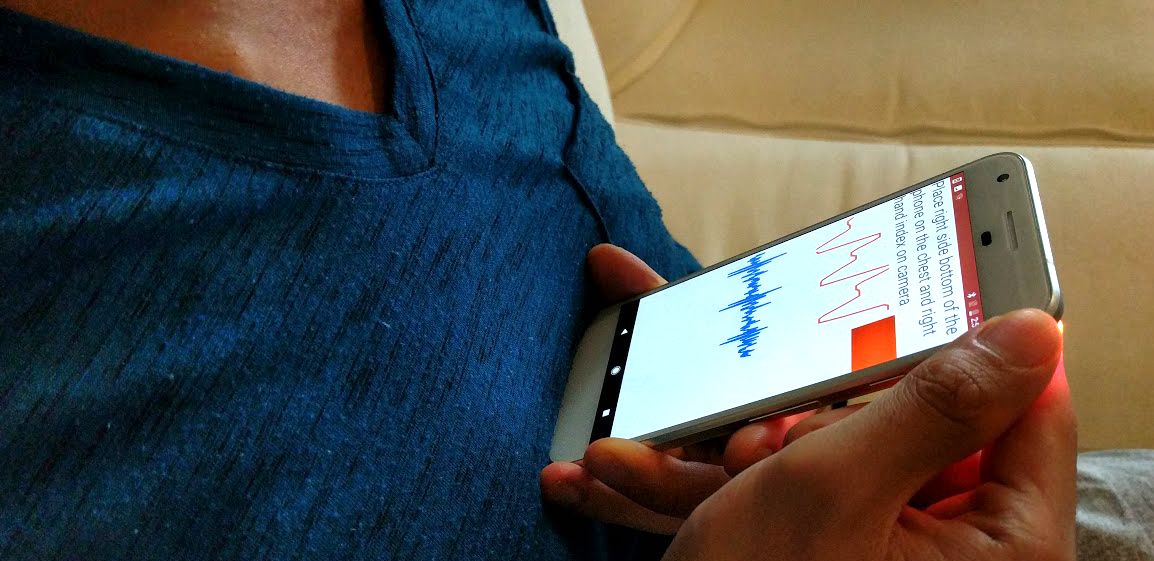@inproceedings{Wang:2018:SBP:3173574.3173999,
author = {Wang, Edward Jay and Zhu, Junyi and Jain, Mohit and Lee, Tien-Jui and Saba, Elliot and Nachman, Lama and Patel, Shwetak N.},
title = {Seismo: Blood Pressure Monitoring Using Built-in Smartphone Accelerometer and Camera},
booktitle = {Proceedings of the 2018 CHI Conference on Human Factors in Computing Systems},
series = {CHI '18},
year = {2018},
isbn = {978-1-4503-5620-6},
location = {Montreal QC, Canada},
pages = {425:1--425:9},
numpages = {9},
url = {http://doi.acm.org/10.1145/3173574.3173999},
doi = {10.1145/3173574.3173999},
acmid = {3173999},
publisher = {ACM},
address = {New York, NY, USA},
keywords = {noninvasive blood pressure, photoplethysmography, physiological sensing, ppg, ptt, pulse transit time, scg, seismocardiography},
}

